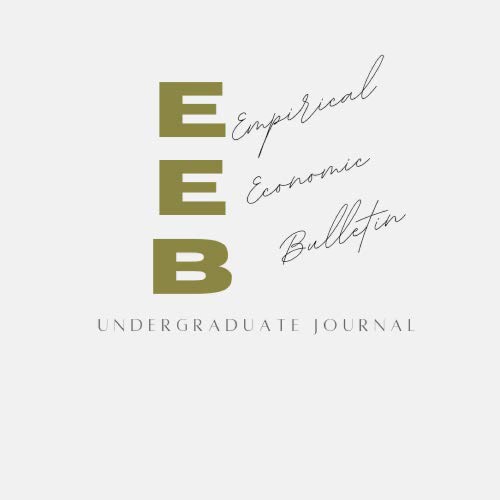
Abstract
This paper investigates the status of income inequality within the New England states in 2022. The empirical analysis conducted within this paper uses a similar model within Fadi Fawaz et al. for high income countries to analyze and predict the Gini coefficient within the six New England States. More specifically, the model that is tested analyzes monthly unemployment rate, the labor force participation rate, welfare spending, and the top 1% wealth distribution. The results show that Rhode Island and Maine Gini indexes could only be described by the top 1% wealth distribution and welfare spending, respectively. We also find that a large welfare spending budget yields greater income inequality in states that have a larger spending budget, more specifically Massachusetts being a prime example. Outside of New Hampshire, an increasing labor force participants effectively decreases income inequality. Finally, we found that any directional change in the unemployment rate does not have a noticeable impact on income inequality. With limitations, we found that there is inclusive evidence that certain macroeconomic indicators can affect the Gini index within the six New England states, more specifically income inequality.
Included in
Econometrics Commons, Growth and Development Commons, International Economics Commons, Other Economics Commons

